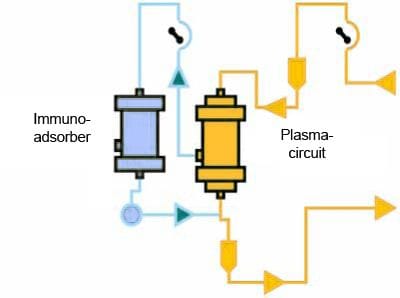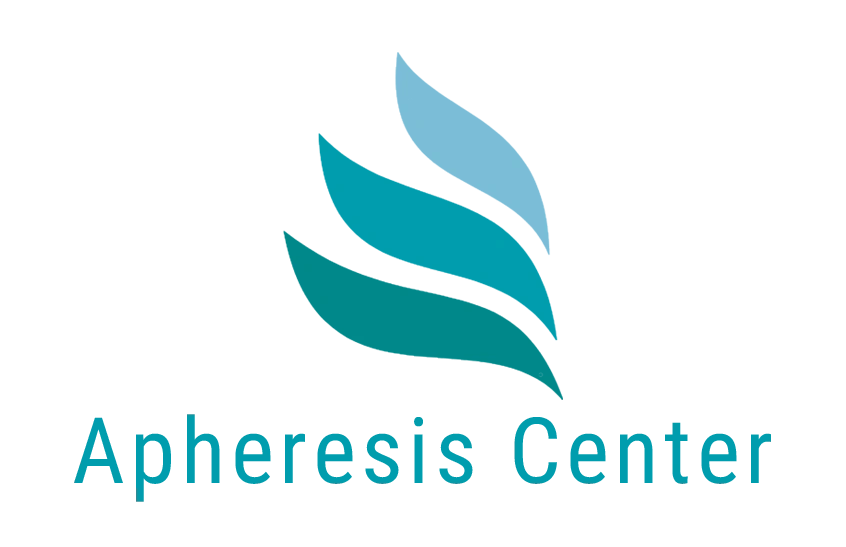
Immunoadsorption

What is Immunoadsorption?
Immunoadsorption is an advanced therapeutic procedure used to selectively remove specific antibodies from the bloodstream. It is highly effective in treating a variety of autoimmune diseases and conditions where harmful antibodies play a critical role.
How Does Immunoadsorption Work?
The process involves passing the patient’s blood through a special column that contains adsorbers. These adsorbers bind to specific antibodies, removing them from the blood. The purified blood is then returned to the patient’s circulation. This procedure is performed on an outpatient basis and typically lasts several hours.
Conditions Treated with Immunoadsorption
Immunoadsorption can be used to treat a wide range of conditions, including:
- Autoimmune Diseases: Such as rheumatoid arthritis, lupus, and multiple sclerosis.
- Neurological Disorders: Such as myasthenia gravis and Guillain-Barré syndrome.
- Dermatological Conditions: Such as pemphigus and bullous pemphigoid.
- Transplant Medicine: Prevention and treatment of organ transplant rejection.
- Long Covid: While initial studies (https://www.ncbi.nlm.nih.gov/pmc/articles/PMC10511006/) showed no effect, newer studies suggest otherwise: https://papers.ssrn.com/sol3/papers.cfm?abstract_id=4911576
Benefits of Immunoadsorption
- Targeted Therapy: Selectively removes harmful antibodies without affecting other components of the immune system.
- Minimally Invasive: Performed on an outpatient basis, allowing for minimal disruption to daily life.
- Effective Results: Rapid reduction in antibody levels can lead to significant improvement in symptoms.
Immunoadsorption in Long Covid Treatment
Despite initial studies showing no effect for Immunoadsorption in Long Covid, clinical experience tells a different story. While not as effective as H.E.L.P. Apheresis, Immunoadsorption has shown a 10-30% success rate in clinical settings, compared to the 80% success rate of H.E.L.P. Apheresis. The results of Immunoadsorption are not always permanent, potentially due to its single mode of action and the high burden of fast application.
Further research, such as this study:(https://www.medrxiv.org/content/10.1101/2024.06.18.24309100v1), is needed to improve success rates. New adsorbers, combination treatments, and different application schemes may enhance effectiveness.
Our Expertise
At Apheresis Center, we pride ourselves on offering state-of-the-art immunoadsorption treatments. Our team of experienced professionals is dedicated to providing personalized care tailored to each patient’s specific needs. We use the latest technology and adhere to the highest standards of safety and efficacy.
Patient Experience
- Consultation: Comprehensive evaluation and consultation to determine the suitability of immunoadsorption for your condition.
- Procedure: Performed in a comfortable and controlled environment by our skilled medical team.
- Follow-Up: Continuous monitoring and follow-up to ensure the best possible outcomes.
Why Choose Us?
- Expert Team: Our medical professionals have extensive experience in performing immunoadsorption.
- Cutting-Edge Technology: We utilize the latest equipment and techniques to ensure optimal treatment results.
- Patient-Centered Care: We focus on providing compassionate and individualized care to all our patients.
For more detailed information, you can also read our blog post about different types of Apheresis and which type is suitable for which purpose.

